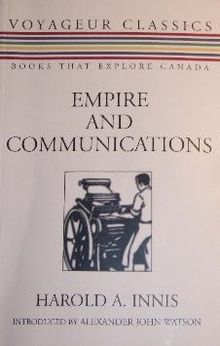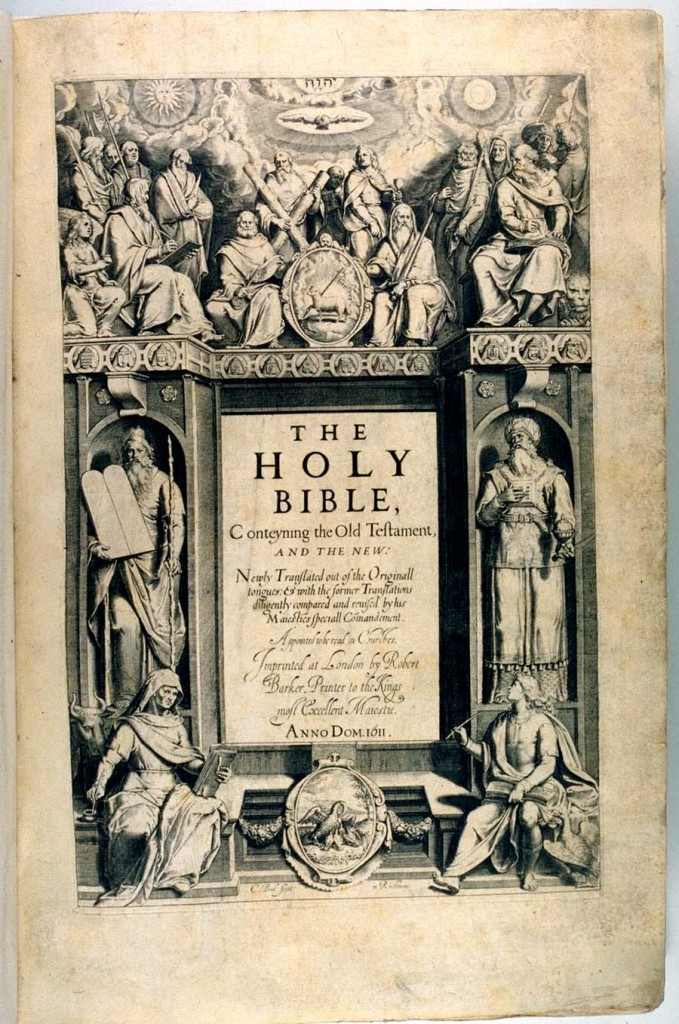httpv://www.youtube.com/watch?v=2tTDiZZYCAs
Gabrielle Giffords warns Sarah Palin by name months ago about the “consequences” of using gun-violence imagery.
It’s interesting that in the course of just a few days a number of influential organs on the right have gone from vehemently denying that unrelentingly violent rhetoric had anything to do with events in Tucson, to just as vigorously promoting the notion that the right has been violated by denunciation of that rhetoric. In the first instance, words do no harm. In the second, every word is, according to Sarah Palin, a “blood libel,” and now, according to an editorial in the Washington Times, “a pogrom.” (The fact that a “pogrom” is the violent consequence of a “blood libel” seems to have eluded those who are otherwise purveyors of word-to-violence denial when the targets are their adversaries.) Here’s a sample from that editorial bearing the title “Blood libel against Palin and Limbaugh”:
This is simply the latest round of an ongoing pogrom against conservative thinkers. The last two years have seen a proliferation of similar baseless charges of racism, sexism, bigotry, Islamophobia and inciting violence against those on the right who have presented ideas at odds with the establishment’s liberal orthodoxy. Columnist Paul Krugman took advantage of the murders to tar conservative icon Rush Limbaugh and Fox News superstar Glenn Beck as “hate-mongers” . . .
This tragedy has provided a useful warning about the hateful bile that inspires many of today’s liberals.
The absurdity and irresponsibility displayed here is so extensive that it sets its own low standard. The tragic history of the Jewish people is now being appropriated by extraordinarily powerful and privileged interests for the purpose of rendering themselves victims – victims of the free speech they seem to think can only be protected through repeated threats of gun play. This is an unmistakable pattern of behaviour on the right: they are never wrong and they are always the victims.
So which is it? Do words mean nothing or do they mean something? Do they have consequences or not? For the right, it seems that words have no ill consequence when mendaciously barked and bellowed in order to drown out dialogue, but that they must be rigorously suppressed when rendering criticism of the barking and bellowing and the demonstrable presence of lies. As is usually the case, only those on the right have the right to express an opinion. Their opinions, moreover, are quickly asserted to be fact, and their facts are of course the only ones that matter. One of the maneuvers required this week to make Palin the victim of events was the contemptible assertion that the rifle crosshairs appearing in her campaign graphics were in fact “surveyor’s symbols.” As Bob Denham pointed out this week, every single reference to them by Sarah Palin during the midterm election campaign is consistent with the assumption that they are crosshairs, not surveyor’s symbols. The lies by this point are apparently a conditioned reflex.
What’s the measure of all this? Last week a Democratic congresswoman was shot in the head and six innocent bystanders murdered in a congressional district that had been specifically targeted with gun-violence rhetoric by both Sarah Palin and Tea Party candidate Jesse Kelly; by the end of the week, however, the chief point of contention on the right was that Sarah Palin is the real victim of the carnage. This is horrific. It is the moral sinkhole into which much of the right is descending. But it is also a template for what is quickly becoming the new normal. It’s difficult to think of any reason why anyone should think that this is acceptable – except those who have committed themselves to intimidating people to whom they have decided in advance the right of free speech does not apply. The best response, therefore, is to continue to exercise that right, whatever the shouters are threatening next.


